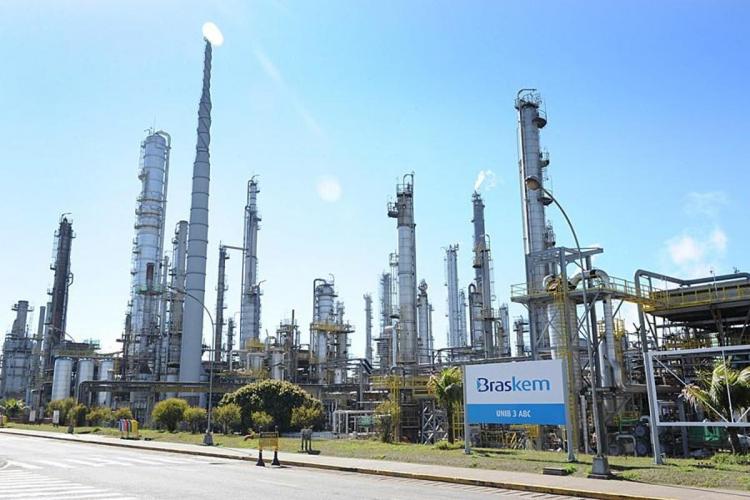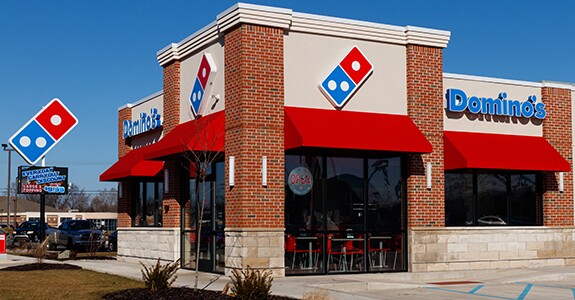/i.s3.glbimg.com/v1/AUTH_37554604729d4b2f9f3eb9ad8a691345/internal_photos/bs/2022/B/3/u2EbICTQuUImdrcPrUFg/300322regreen27.jpg)
A group of major investors, renowned biodiversity researchers and economists has created a company to implement the largest project to restore degraded areas in the country: re.green is born with initial capital of R$389 million and the pioneering goal of restoring 1 million hectares of Atlantic Forest and Amazon rainforest.
The initiative to regenerate tropical forests on a large scale is unprecedented in Brazil and perhaps the world. One million hectares is almost half the area of the territory of the state of Sergipe and 250 times the size of Tijuca National Park, in Rio de Janeiro. It is equivalent to the area of Suzano’s native forest, one of the largest private protected areas in the country.
“re.green is born from science, contains science, and intends to do a lot of science,” says one of the founders and partners, economist Bernardo Strassburg, a reference in global studies on priority areas for ecosystem restoration. “It will be by far the largest experiment in tropical ecology on the planet,” he says.
To get an idea of how big the ambition is, in Brazil’s climate commitment launched in 2015, one of the strategies for the country to cut its greenhouse gas emissions by 43% from 2005 levels was to restore and reforest 12 million hectares by 2030. This has not even begun.
re.green took one year and a half to mature and stimulated four heavyweight investors close to environmental agendas — BW (family office of the Moreira Salles family), the manager Lanx Capital and its private equity arm Principia, Gávea Investimentos and Dynamo.
The return on investment will come with the sale, in a few years, of premium carbon credits — because they will include, at the same time, benefits in climate, communities, and biodiversity — and timber and non-timber products from the regenerated forests. The plan is to capture 15 million tonnes of CO2 per year.
re.green’s board is chaired by Marcelo Medeiros (former partner at Banco Garantia and executive at Credit Suisse) and its members include João Moreira Salles, Fábio Barbosa (ex-Santander and Grupo Abril, and partner at Gávea), Arminio Fraga (Gávea), Marcelo Barbará (founding partner at Lanx and Cambuhy), and Ana Luiza Squadri (partner at Principia Capital Partners).
The intention of re.green’s founders and partners is to restore a large part of Brazil’s environmental liabilities by turning degraded and abandoned pastures, for example, into forests again. Or to establish partnerships to restore large areas on private and corporate properties. The third front is to restore areas in conservation units.
One of the strategies is to buy areas and form biodiversity corridors. “We will plan the space to expand the habitats of native species, preferably near conservation units,” says Ricardo Rodrigues, one of re.green’s partners.
He is a professor of Restoration Ecology at the University of São Paulo and a reference in the field of restoration in the Tropics, with more than 30,000 hectares of Atlantic forest restoration. He founded in Piracicaba (state of São Paulo) the Bioflora nursery, the most symbolic of native seedlings of the Atlantic forest, with almost 30 years.
In the case of partnerships, re.green provides the seedlings, the seeds, and the implementation of the forests, and keeps the carbon credits, explains economist Thiago Picolo, CEO of the new company. “The purchase of properties is a possibility, mainly because of the permanence of the projects and the carbon credits. It is essential that we can guarantee that the restoration will last forever,” explains Mr. Picolo, who was CEO of Hortifruti Natural da Terra, a food retail chain focused on fresh and organic products that was sold in 2021 to Americanas S.A.
The choice of priority areas to be regenerated is one of the distinguishing features of Mr. Strassburg’s new company and study area.
“We are using science to prioritize where we will regenerate forests. Where it will have the most impact for biodiversity, for carbon capture, and where it will be financially viable,” he says.
It is not a random choice, but areas that, if regenerated, can have ten times more impact on climate and biodiversity than others, explains Mr. Strassburg, a professor of sustainability science at the department of Geography and Environment at the Catholic University of Rio de Janeiro (PUC-RJ).
The first place of interest for re.green is in the South of the Bahia state, a region that is a biodiversity hotspot with great impact also for carbon sequestration. Another priority region is in the state of Pará. In the case of the purchase of areas, the promise is to return to society the land restored and as a conservation unit.
Mr. Rodrigues reminds that a current trend in restoration projects and carbon sales is concentrating on “easier situations”. These are areas with potential for natural regeneration. “If we only have this option we will leave a trail of degraded areas that no longer have the potential for natural regeneration because they have been so exhausted. re.green has not shied away from this. It’s a huge challenge,” he says.
In the case of carbon credit sales, re.green’s project is to qualify for the sale of carbon removal credits, which have, on average, a price five times higher than avoided deforestation credits. They are at a premium because they seek Verra CCB certification (which certifies projects with simultaneous climate, community, and biodiversity benefits).
“The restoration economy is a complex ‘business case’. It requires a lot of initial investment and returns over time. You have to wait for the forest to come back. It’s a patient capital,” says Mr. Strassburg.
The initial strategy is to divide the regeneration efforts equally between the two forest biomes. “The beauty of this project is also the fact that it generates an entire restoration chain, with social impact in the generation of jobs for seed collectors and in the seedling nurseries,” says Mr. Rodrigues.
Source: Valor International



/i.s3.glbimg.com/v1/AUTH_37554604729d4b2f9f3eb9ad8a691345/internal_photos/bs/2022/C/l/NaxspiSBOC9kkM2VU63w/07emp-100-patria-b1-img01.jpg)
/i.s3.glbimg.com/v1/AUTH_37554604729d4b2f9f3eb9ad8a691345/internal_photos/bs/2022/R/f/ZoLq1HQi2BV9gObZAz8Q/07emp-100-petrob-b6-img01.jpg)
/i.s3.glbimg.com/v1/AUTH_37554604729d4b2f9f3eb9ad8a691345/internal_photos/bs/2022/B/a/KDPGHbS6AZQDfrhg2eeQ/07emp-100-rodo-b4-img01.jpg)
/i.s3.glbimg.com/v1/AUTH_37554604729d4b2f9f3eb9ad8a691345/internal_photos/bs/2022/K/O/J5MU4DRbAAX68TwAaXQQ/bancocentral.jpg)
/i.s3.glbimg.com/v1/AUTH_37554604729d4b2f9f3eb9ad8a691345/internal_photos/bs/2021/l/c/S8O3DoQUCKbQGxYFYK2A/cc52b1d0-f5c7-11ea-a78e-07805f021d03-minified.jpeg)
/i.s3.glbimg.com/v1/AUTH_37554604729d4b2f9f3eb9ad8a691345/internal_photos/bs/2021/G/3/ViEv68SBGx2UmYnhZgtQ/dor.jpg)
